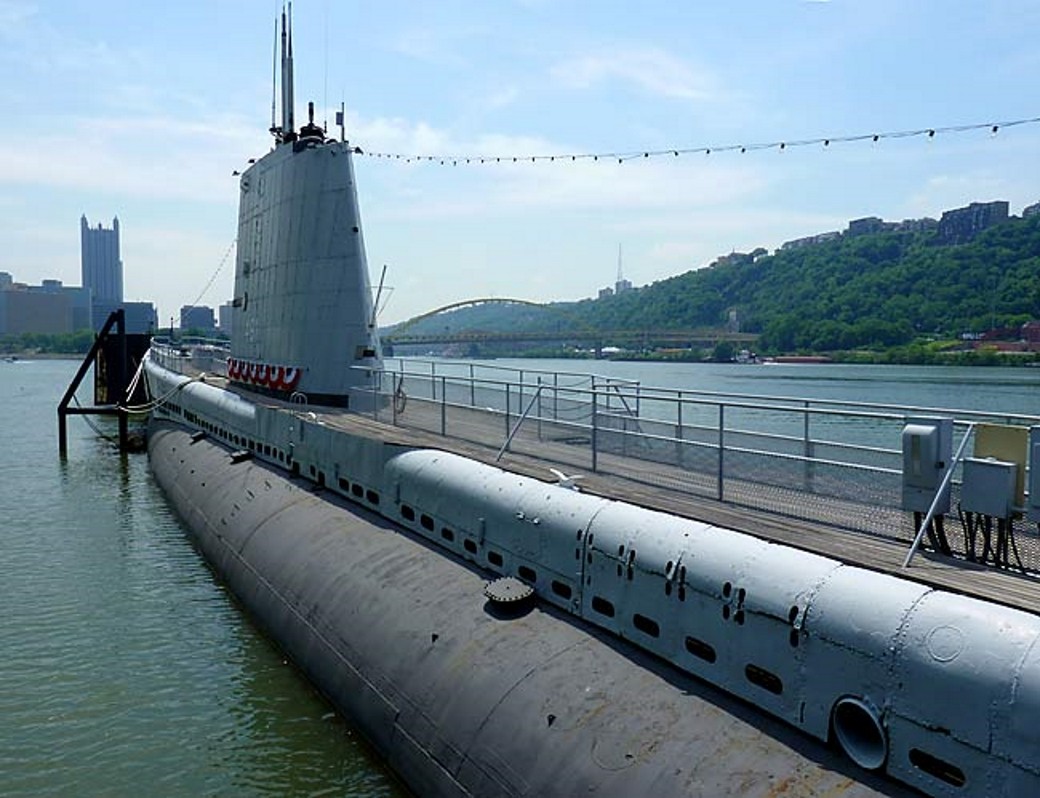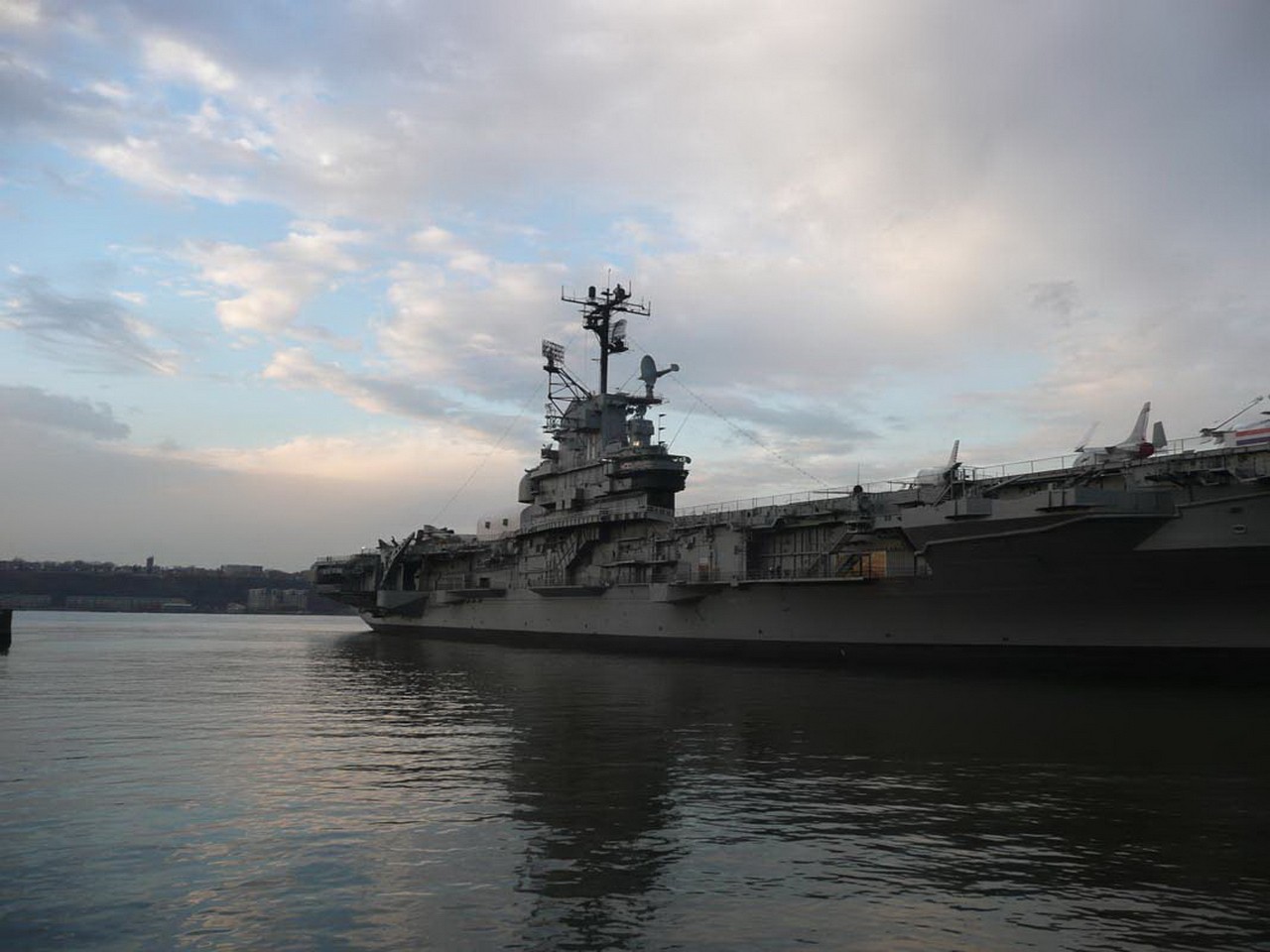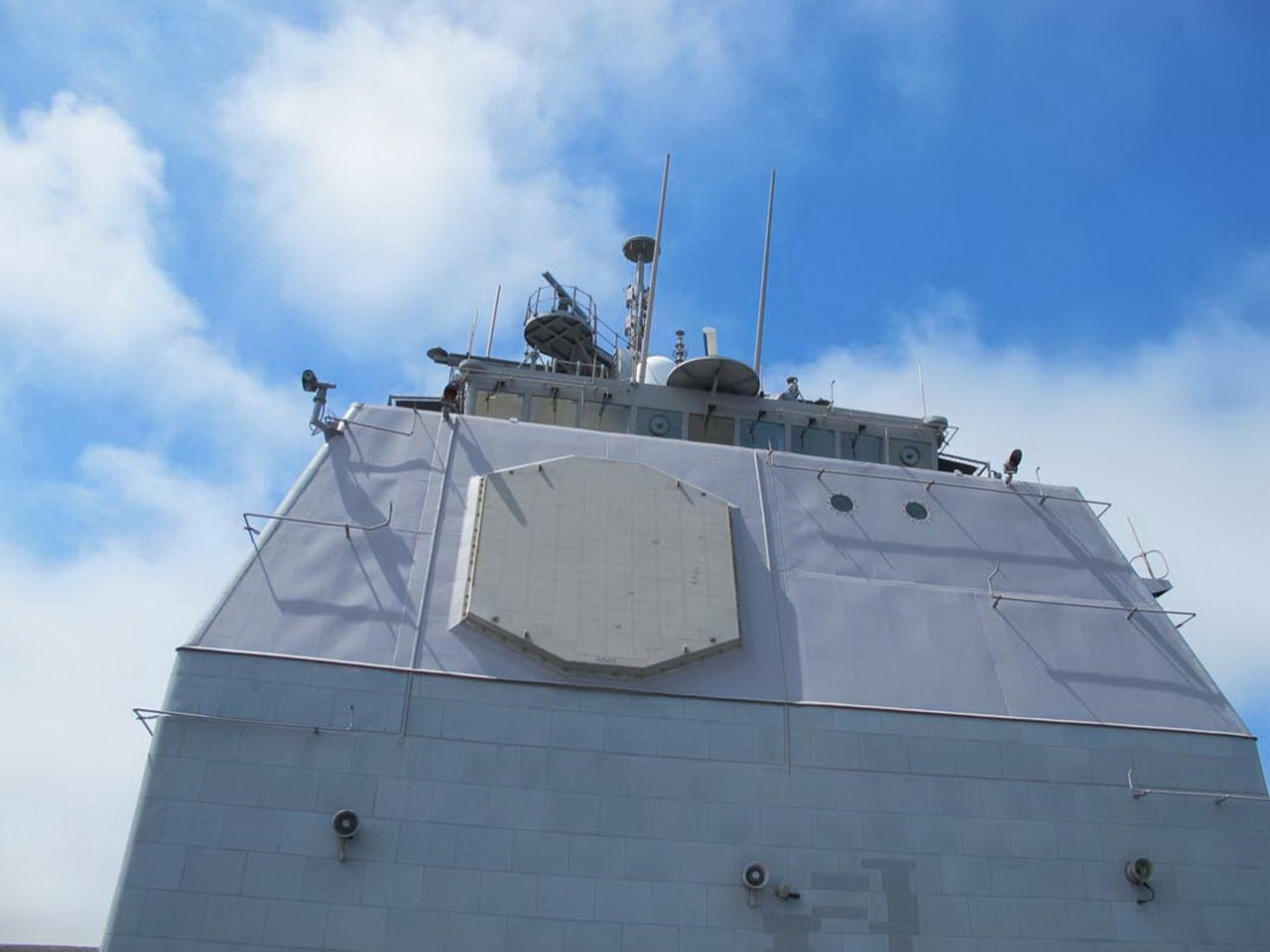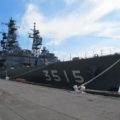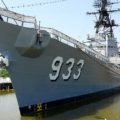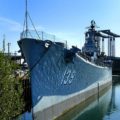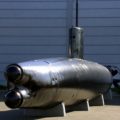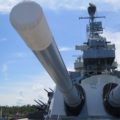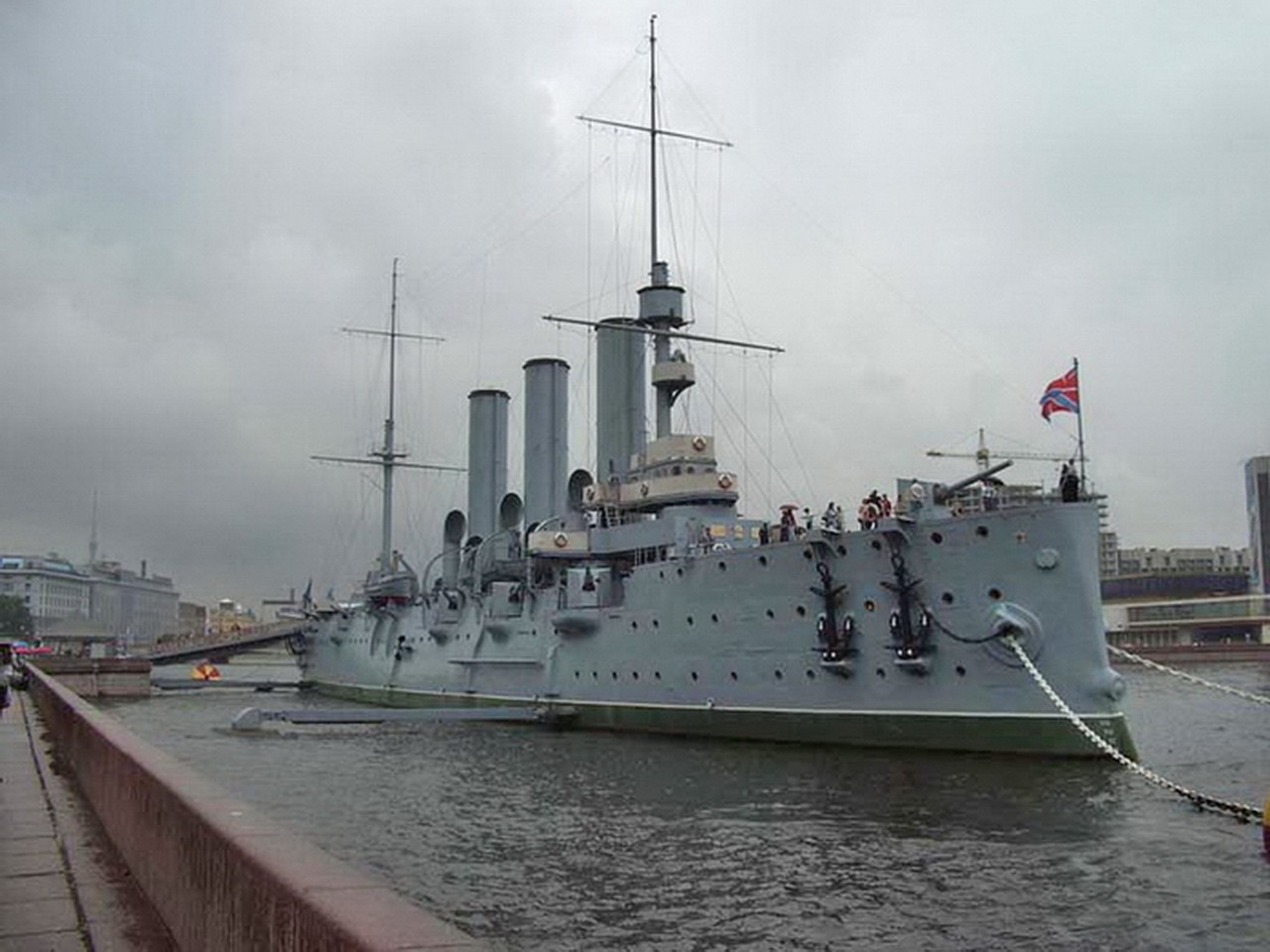
Russian cruiser Aurora | |
|---|---|
| Riik | Nõukogude Liit |
| Klass ja tüüp | Pallada-klassi kaitstud ristleja |
| Käivitatud | 11. mai 1900 |
Aurora (Russian: Авро́ра, tr. Avrora, IPA: [ɐˈvrorə]) is a 1900 Russian protected cruiser, currently preserved as a museum ship in Saint Petersburg. Aurora was one of three Pallada-class cruisers, built in Saint Petersburg for service in the Pacific. All three ships of this class served during the Russo-Japanese War. Aurora survived the Battle of Tsushima and was interned under US protection in the Philippines, and eventually returned to the Baltic Fleet. The second ship, Pallada, was sunk by the Japanese at Port Arthur in 1904. The third ship, Diana, was interned in Saigon after the Battle of the Yellow Sea. One of the first incidents of the October Revolution in Russia took place on the cruiser Aurora, which reportedly fired the first shot, signalling the beginning of the attack on the Winter Palace.
Allikas: Vene ristleja Aurora Vikipeedias
| Russian Protected Cruiser Avrora Walk Around | |
|---|---|
| Fotograaf | Vladimir Jakubov |
| Lokaliseerimine | Teadmata |
| Fotod | 54 |
Seotud komplektid:
Leia komplektid eBayst:
Vaata ka:
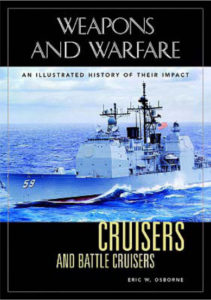
by Eric Osborne & Spencer Tucker
The Russian cruiser Aurora is a historic warship that played a significant role in the Russian Revolution of 1917. The Aurora was one of three Pallada-class cruisers built in Saint Petersburg for service in the Pacific Ocean. The ship participated in the Russo-Japanese War of 1904-1905, where it survived the Battle of Tsushima and escaped to the Philippines. The ship also took part in World War I, patrolling the Baltic Sea and supporting land operations. The most famous moment of the Aurora’s history was on October 25, 1917, when it fired a blank shot at the Winter Palace, signaling the start of the Bolshevik assault that overthrew the Provisional Government. The Aurora became a symbol of the Revolution and was preserved as a museum ship in Saint Petersburg. The ship is still ceremoniously commissioned and flies the naval ensign of Russia.
Views : 1296



